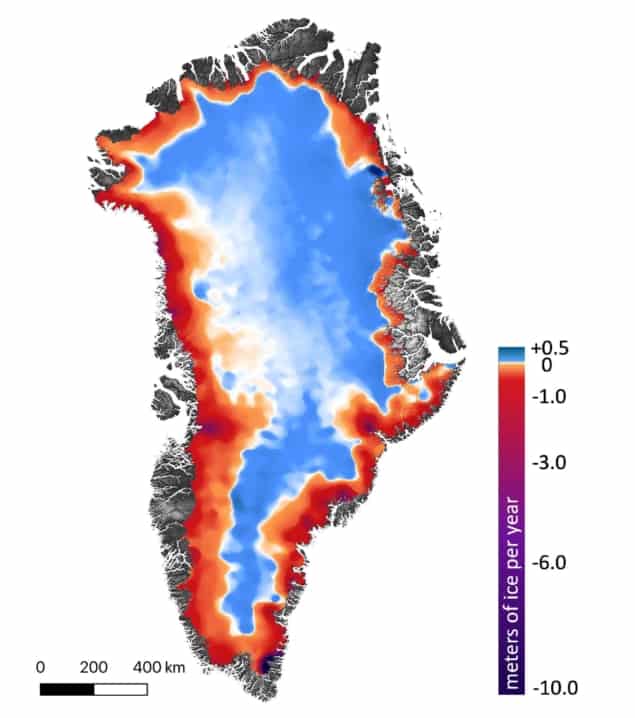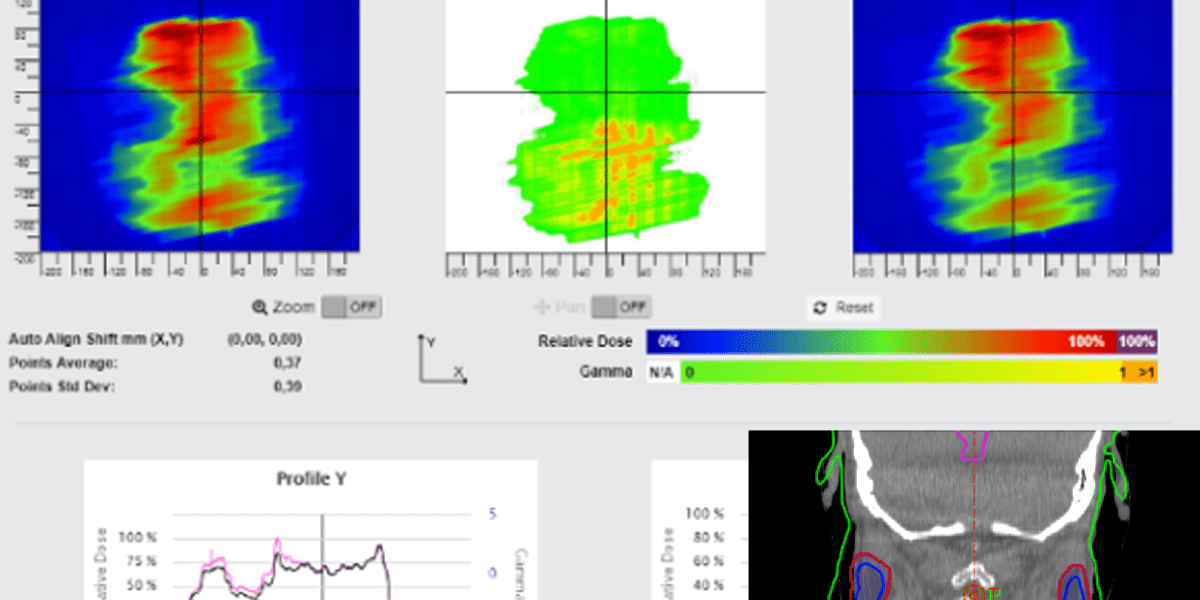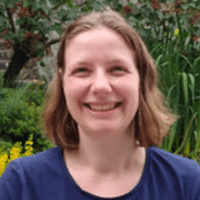Viscosity is an everyday phenomenon recognizable in the difference between slow-pouring liquids like honey and runny substances like water. Yet the complex molecular interactions that create viscosity make it very hard to calculate theoretically. Now, a pair of physicists in the UK and Russia has taken up the challenge and derived a simple formula that puts a lower limit on the viscosity of all materials. That formula, they say, reflects the quantum-mechanical nature of molecular interactions and involves two fundamental physical constants – Planck’s constant (ħ) and the proton-to-electron mass ratio.
Viscosity acts like a kind of internal friction between adjacent layers of a moving fluid. When water flows through a pipe, for example, there is friction between the faster flowing molecules in the centre of the pipe and slower moving molecules nearer the pipe walls. A calculation of the viscosity of a material from first principles must consider the substance’s molecular composition and structure as well as the temperature and pressure of the system. In fact, viscosity varies over 19 orders of magnitude – from very low values for helium gas to extremely high values for liquids near the glass transition.
Undeterred, Kostya Trachenko of Queen Mary University of London and Vadim Brazhkin of the Russian Academy of Sciences’ Institute for High Pressure Physics near Moscow set out to find an equation that would establish a lower bound on viscosity across all fluids. Their work relies on viscosity’s variation with ambient conditions – the fact that at a given pressure any fluid will have a minimum value at a certain temperature.
Exchanging momentum
For liquids, as the temperature goes up, the constituent molecules vibrate more and weaken the cohesive interactions between them – leading to a loss of viscosity. But in a gas the opposite happens. Because layers exchange momentum through collisions, a higher temperature leads to greater viscosity. So a fluid’s viscosity will be lowest at the transition between liquid-like and gas-like states.
To work out the minimum viscosity of any fluid, Trachenko and Brazhkin considered what happens to a gas as it cools down. They reasoned that during the cooling process the mean-free path of the gas molecules decreases but does not drop below a minimum value roughly equal to the distance at which significant interactions between molecules kick in. That assumption led to a formula for the minimum viscosity in terms of three molecular properties – mass, vibration (Debye) frequency and inter-particle spacing.
The researchers confirmed their calculations by obtaining the same formula after starting with a liquid and working up to higher temperatures. They also found that by inserting suitable values for the three variables their formula yielded minimum viscosities for a range of different fluids broadly in agreement with experimental results – those viscosities lying between about 10-4-10-5 Pascal-seconds. However, to arrive at a formula involving only fundamental constants they had to carry out a few more steps.
First, they worked out an expression for what is known as the “kinematic viscosity” – the ratio of a fluid’s viscosity to its density. The duo set the inter-particle spacing as equal to the Bohr radius (the “radius” of a hydrogen atom) and fixed the cohesive energy between molecules in a liquid to be the Rydberg energy (the energy needed to ionize a hydrogen atom). This allowed them to express kinematic viscosity in terms of ħ, molecular mass and electron mass.
Final flourish
Then, as a final flourish, they invented a new quantity that they call “elementary viscosity” – the product of kinematic viscosity and molecular mass. They found that the lower bound on this quantity – when the molecule in question is a single atom of hydrogen and its mass therefore equal to that of the proton – is an expression involving just ħ and the proton-to-electron mass ratio (as well as π). Numerically, they point out, it is roughly equal to ħ.
“Viscosity is a complicated property varying strongly for different liquids and external conditions,” says Trachenko. “Yet our results show that the minimal viscosity of all liquids turns out to be simple and universal.”
Indeed, the pair’s calculations come close to matching the values obtained with experimental data – the lowest elementary viscosities from empirical data for molecular hydrogen and helium being about 3.5 ħ and 1.5 ħ respectively. Heavier water, meanwhile, has a minimum of about 30 ħ. They also point out that their formula is consistent with the uncertainty principle – which sets a minimum value of ħ for a particle constrained within the Bohr radius.
Quark-gluon plasma
In addition, they say, the result chimes with lower bounds on viscosity previously obtained by using quantum field theory to work out the properties of what is known as a quark-gluon plasma – an exceptionally hot soup of unbound fundamental particles thought to have existed in the very early universe.
On a more practical note, Trachenko reckons that their work might help scientists develop new low-viscosity fluids for use in chemical, industrial or biological processes – such as supercritical fluids for dealing with complex waste. The lower bounds on viscosity, he says, could be useful theoretical targets, while aiming any lower would mean wasting resources.
Not everyone is convinced, however. Thomas Schäfer of North Carolina State University in the US says that the pair’s formula might be a good estimate for what he calls “typical fluids”. But he reckons that assumptions about length being on the scale of the Bohr radius and time being tied to the Debye frequency may not always hold true. In ultra-cold Fermi gases, he says, such as laser-cooled atoms of lithium or potassium, the length and time scales “are quite different”.
The research is reported in Science Advances.



 The solution of choice is SunCHECK™ Patient from Sun Nuclear. In addition to meeting its departmental goals, SunCHECK has allowed the team to continue reviewing patient plans and performing quality-assurance remotely during these challenging times.
The solution of choice is SunCHECK™ Patient from Sun Nuclear. In addition to meeting its departmental goals, SunCHECK has allowed the team to continue reviewing patient plans and performing quality-assurance remotely during these challenging times. Evy Bossuyt is a medical physicist at Iridium Kankernetwerk. Iridium Kankernetwerk includes several hospitals in the Antwerp region of Belgium (including GZA hospital group, ZNA hospital group, UZA, AZ KLINA, AZ Nikolaas, AZ Monica, and AZ St Jozef), with 11 linear accelerators in total. The network includes a staff of 14 medical physicists and five physics assistants, and provides about 5600 radiation-therapy treatments each year.
Evy Bossuyt is a medical physicist at Iridium Kankernetwerk. Iridium Kankernetwerk includes several hospitals in the Antwerp region of Belgium (including GZA hospital group, ZNA hospital group, UZA, AZ KLINA, AZ Nikolaas, AZ Monica, and AZ St Jozef), with 11 linear accelerators in total. The network includes a staff of 14 medical physicists and five physics assistants, and provides about 5600 radiation-therapy treatments each year.